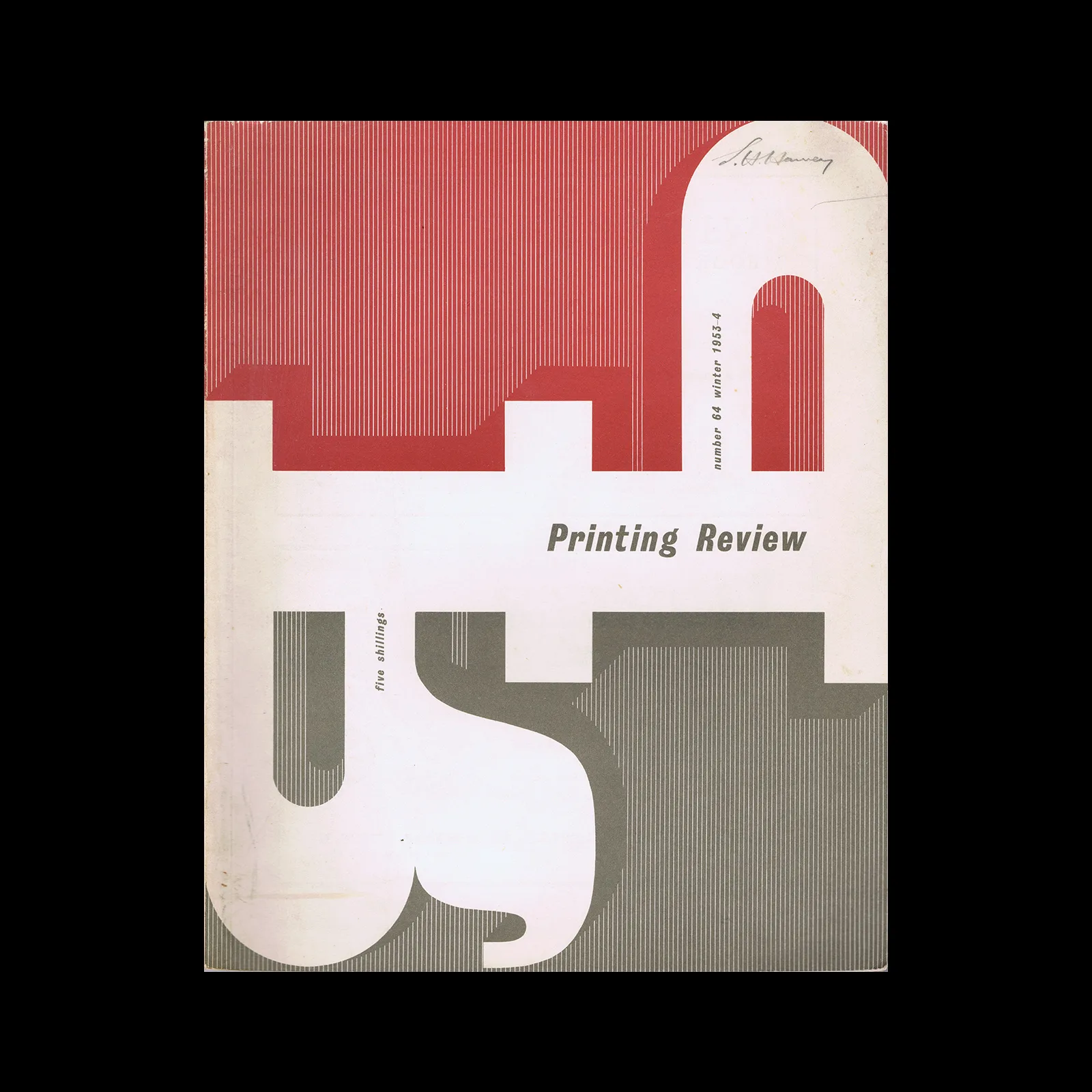Information
Contents
Editorial The Progress of Lithography
Good Work The 1954 B.I.F. Poster
Alois Senefelder: Inventor of Lithography W. P. Jaspert
Some Famous Books illustrated by Lithography David Bland
Dimensionally Stable Film for Lithography
Lithographic Machinery and Equipment D. Hopewell MI Ptgm
Lithography—a versatile process
Books for Printers
Fourth International Book Exhibition
The Fourth International Exhibition of Book Design Seán Jennett
Salesmanship and Modern Management
Herbert Spencer Exhibition
Salesmanship and Modern Management Geoffrey Smith
Lithography in the U.S.A. H. M. Cartwright
Colour Lithography from one plate
Patra Technical Tips
The Holbein Photogravure Press
Make-ready wastes time Leslie Luker, B.Sc.
A Brief Review of Styles in Art Emil Ruder
Encyclopædia of Type Faces: a review W. P. Jaspert
Poster Parade
Cover is designed by Ian Macnab and printed by lithography by Waterlow & Sons Limited,
Details
Linked Information
